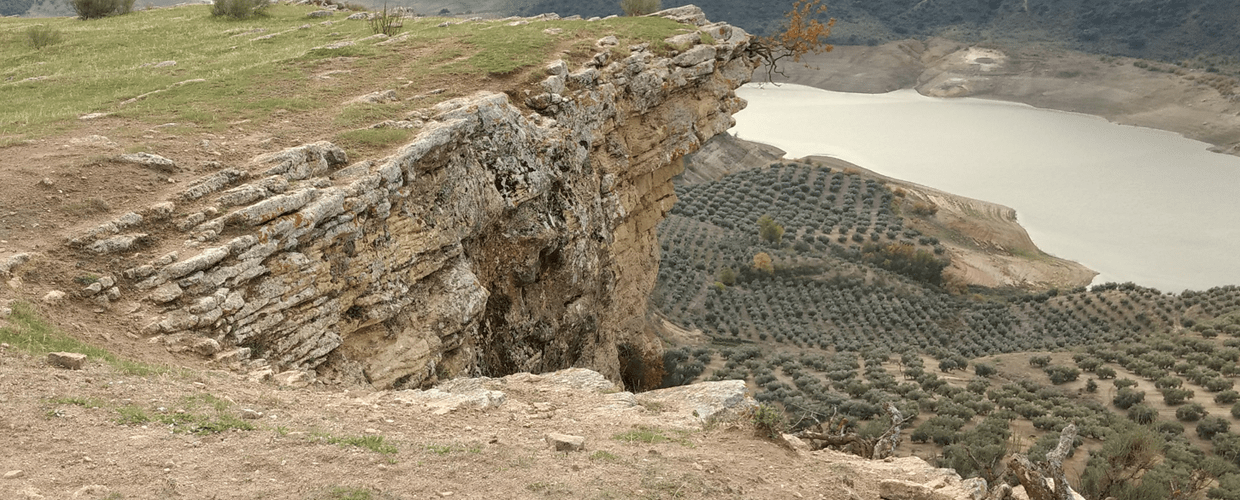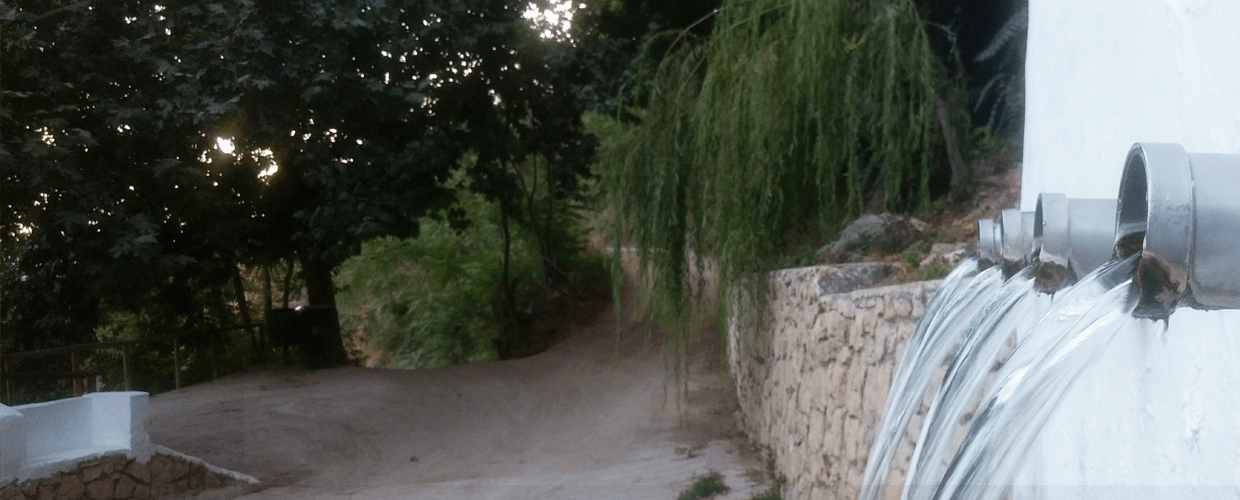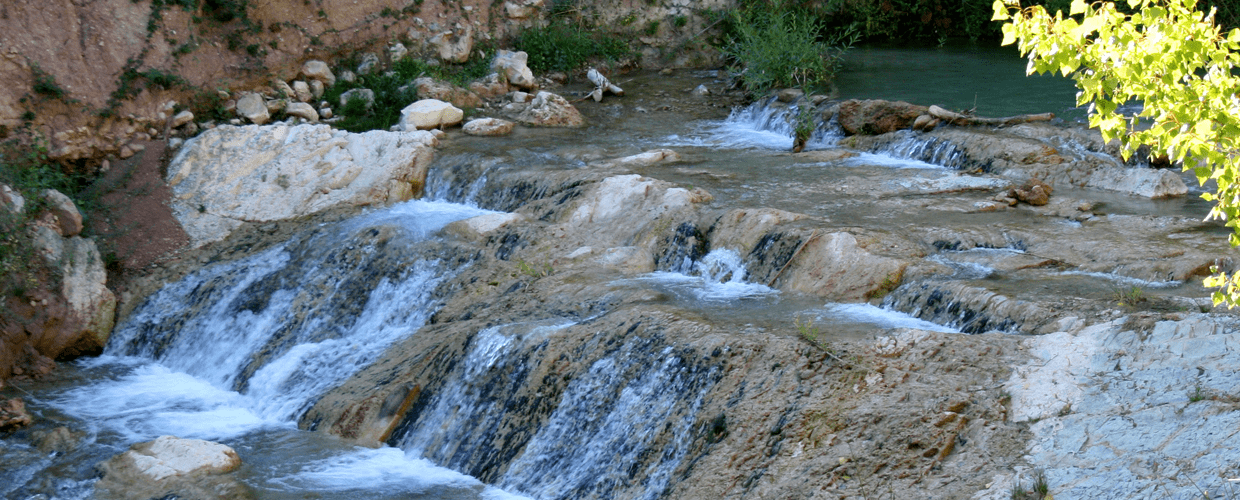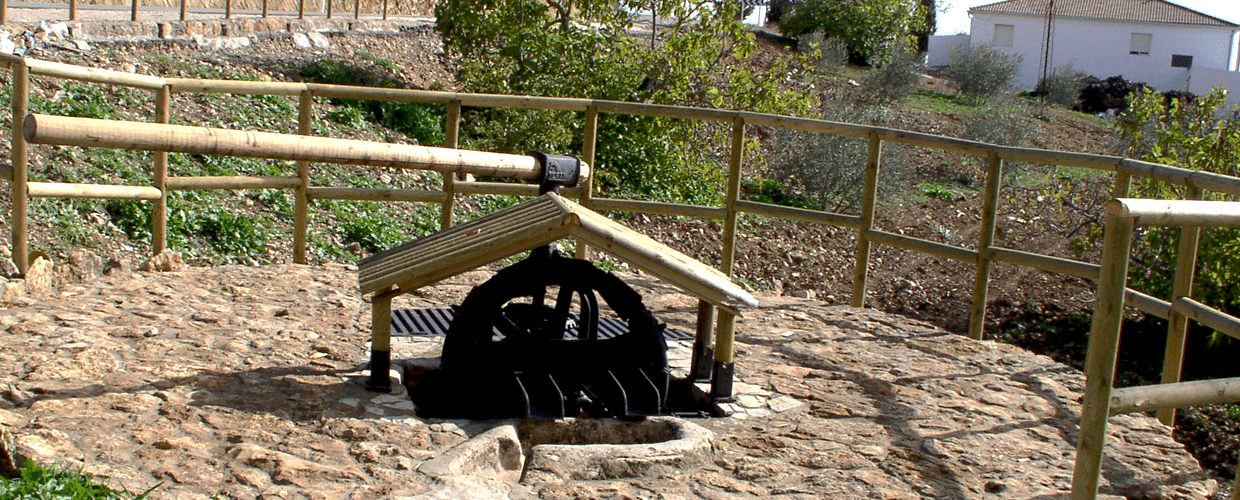Technical description

| Type of walk: | |
|---|---|
| Rural lane of various widths | |
| Distance: | Difficulty: |
| 7.5 km | Low to medium |
| Duration: | |
| Hiking (3 - 4h) / Cycling (1h 30' - 2h) / Horse riding (2h) | |
| Restrictions: | |
| Access to motor vehicles is limited (Apr - Jun) to protect the young birds the rearing season. Bounded before reaching La Cerradura from the Blanquillo river for access with motorized vehicles. | |
Itinerary description
The route begins at the crossing of the “Cordel de la Viña”, which is the entrance to the tiny hamlet of La Viña on the N-321, a typical village used by muleteers and where you will find several historical routes. After passing through the village the walk travels through magnificent examples of native forests of oaks to arrive at the interesting estate known as the “Hacienda Cortijo del Llano”.
From this zone, the path descends quickly towards the area of “La Ratonera”, where you will find a great biodiversity and lots of examples of our rich heritage. After travelling parallel with the “Arroyo de La Viña”, the ravine of the town of La Viña, cross the bridge over the “Arroyo Blanquillo”. The route starts to ascend gently, passing through distinct farmhouses, it then slopes down again to eventually reach the border of Algarinejo with Zagra. At this point you will reach the beautiful enclave of the river Pesquera and “Tajos de La Cerradura”, the starting point of the Cesna Cultural Park network (the tourist routes of the park in the hamlet of Fuentes de Cesna).
The environment
Within this environment you will find narrow valleys emerging onto small fertile plains, in where you will see the outstanding mountain range of “Sierra Tosquilla” to the west and the spurs of the mountain range of “Sierra de Chanzas” to the east. Perhaps of greater interest to the visitor is the variety of its rivers: “Arroyo de La Viña”, “Río Blanquillo” and “Río Pesquera”. There are also many enclaves such as “Tajos de La Cerradura” and the tails of the Lake of Iznajar. You will notice continuous changes in the landscape, and various types of woods some dating back to the old Mediterranean forests, before being replaced by the olive trees. In the area of the river Blanquillo you can find a mixture of poplars, willows, elms, sugar cane and “Ttamarix Africana”.
It is known that the surrounding areas which have a permanent water supply, act like true “ecological runners” for the fauna. For that reason, it is no wonder we can observe species like the Genet, the Marten, Bonelli´s Eagle, the Osprey (in migration), the Otter, the Grey Heron. Also in this area are Andalusia Barbels, the Rainbow Trout and an abundance of Carp, Black Bass have now also been introduced.
The culture
The route goes along an old path travelled by muleteers who transported goods between Loja and Priego, La Viña being the resting stop. The type of merchandise carried by the muleteers would have been very basic products for the local community like bitumen, salt, and salt fish which came from the coast of Malaga. Along their route they have left behind a rich patrimony of old farmhouses, medieval bridges and walkways, stone quarries for ashlar masonry and mills. You will find such splendid examples of architecture like the “Cortijo El Llano”, dating back to the 17th C and “La Ratonera”, an area with a beautiful landscape and an interesting medieval bucket mill, made of great stone blocks. There are many other cortijos along the way in particular the “Cortijo de las Juntas” which is typical of the very old farmhouses.
The route ends at the exceptional enclave of “La Cerradura”, where you will find medieval bridges and an interesting network of irrigation channels, together with a bucket mill from the Nasrite period (14thC). In this area two very significant paths cross, the main muleteer route towards La Viña and the main cattle drove of Loja to Iznájar.






